Table of Contents
Relative pronouns are essential tools in English grammar, helping connect sentences and adding extra information about nouns. Words like who, whom, which, that, and whose are relative pronouns, which make writing smoother and clearer.
For beginners, learning how to identify and use them can greatly improve sentence structure. In this post, we’ll break down what relative pronouns are, how to use them correctly, and some common mistakes to avoid.
What Are Relative Pronouns?
Relative pronouns are words that link a dependent clause (a group of words with a subject and verb but not a complete thought) to a main clause. They refer back to a noun or pronoun in the sentence to give more information without starting a new sentence. Common relative pronouns are:
Who, Whom, Which, That, Whose
Example Sentences
The man who fixed my car is very skilled.
She adopted a dog which needed a new home.
This is the book that I was telling you about.
How to Use Relative Pronouns
Relative pronouns help connect two ideas in a sentence. They refer back to a noun, known as the antecedent, and introduce more details about it,
Who:
It is referred to people as the subject of the sentence. It connects additional information about a person to the main sentence, without starting a new sentence.
- The woman who teaches English is my friend.
Whom:
It is Used in formal writing to refer to the object of a verb or preposition (less common today).
- The man whom we met was very nice.
Whose:
It Shows possession. It connects a clause to a noun by indicating that something belongs to the person, animal, or thing mentioned earlier in the sentence.
- The girl whose dog ran away was upset.
Which:
it Refers to animals or things. It introduces a relative clause that gives extra information about the noun it refers to.
- The book which you gave me is amazing.
That: Refers to people, animals, or things and is often interchangeable with who or which. It introduces a restrictive clause, which provides essential information to identify the noun being referred to.
- The car that I bought is fast.
Which vs. That
When learning relative pronouns, which and that often confuse learners because both refer to things or animals. However, the difference lies in the type of information they give.
That – for Essential Information
The word that introduces information that is necessary to identify the noun. Without this part, the sentence loses meaning.
Example:
- The book that I borrowed is very interesting.
Here, that I borrowed tells exactly which book is meant. If we remove it, the sentence becomes unclear.
Which – for Extra Information
The word which introduces extra details that are not needed to understand the main idea. These parts are always separated by commas.
Example:
- The book, which I borrowed from the library, is very interesting.
Even if we remove which I borrowed from the library, the main idea The book is very interesting still makes sense.
Comma Rule
- That never uses commas.
- Which always appears with commas when it adds extra information.
Examples:
- The movie that we watched was amazing.
- The movie, which we watched last night, was amazing.
Leaving Out the Relative Pronoun
Leaving Out the Relative Pronoun
Sometimes in English, the relative pronoun (who, whom, that, which) can be left out. This is called relative pronoun omission and is often used to make sentences shorter and smoother.
You can omit the pronoun only when it is the object of the clause. If it is the subject, it must stay in the sentence.
Examples (Correct Omission)
- The book that I borrowed was fascinating. → The book I borrowed was fascinating.
- The movie that we watched last night was great. → The movie we watched last night was great.
- The car that she drives is new. → The car she drives is new.
Examples (Incorrect Omission)
- The man who called you is waiting. → The man called you is waiting. ❌
- The teacher who taught me is retiring. → The teacher taught me is retiring. ❌
Tip for Learners:
If the pronoun is doing the action, keep it.
If it only receives the action, you can leave it out.
Common Mistakes with Relative Pronouns
1. Mixing “That” and “Which”
- The book that I read, which was fascinating. ❌
- The book that I read is fascinating. ✅
Use that for essential info (no commas) and which for extra info (with commas).
2. Dropping the Pronoun When It’s Needed
- The teacher teaches math is nice. ❌
- The teacher who teaches math is nice. ✅
Keep the pronoun if it’s the subject.
3. Using “Which” for People
- The woman which lives next door is friendly. ❌
- The woman who lives next door is friendly. ✅
Use who for people and which for things.
Example Sentences Using Relative Pronouns
- The dog that we rescued is very playful.
- The musician who performed last night is my favorite.
- This is the woman whose garden won the award.
- The friend whom I met at the party is coming over.
- The movie, which received several awards, is now on Netflix.
- The house that we bought needs some renovations.
- The student who studied diligently passed the exam.
- This is the chef whose restaurant earned a Michelin star.
- The book that I borrowed from you was fascinating.
- The concert, which was held in the park, was amazing.
- The girl who won the contest is my friend.
- The car that you saw yesterday is mine.
- The man whom I met is a famous actor.
- The cat which is sitting by the window is asleep.
- The student whose homework was late apologized.
Differences Between Relative and Interrogative Pronouns
Both relative and interrogative pronouns may look similar, but they work differently in sentences.
Relative Pronouns
These connect a clause to a noun, giving more information about it. They refer back to something already mentioned.
- The book that I read was fascinating.
Here, that refers to the book and adds information about it.
Interrogative Pronouns
These are used to ask questions. They do not refer back to a noun but instead seek information.
- Which book did you read?
Here, which asks for specific information about the book.
You May Also Like

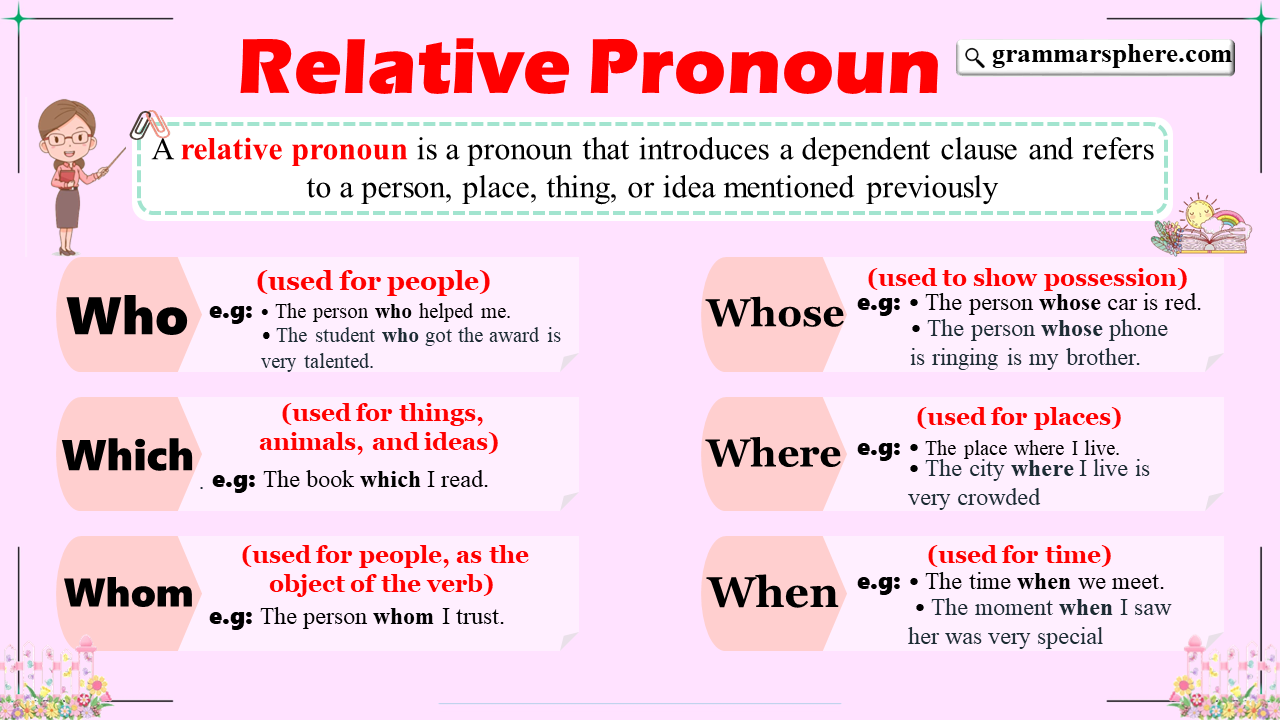
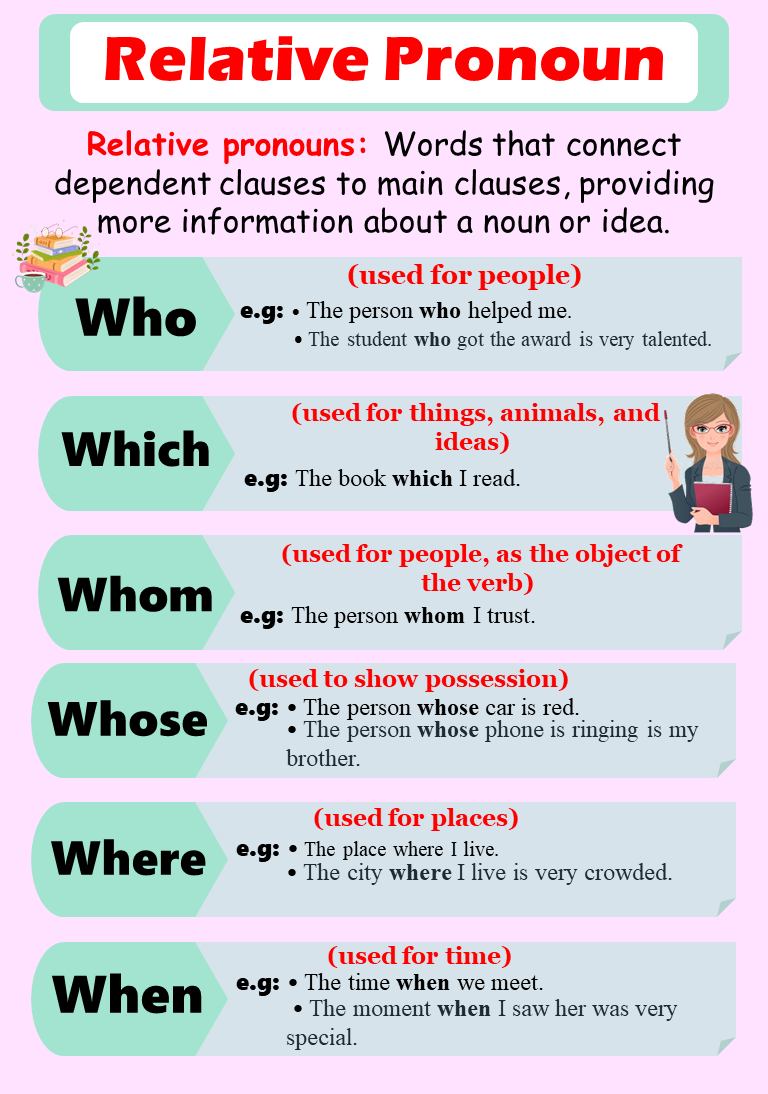
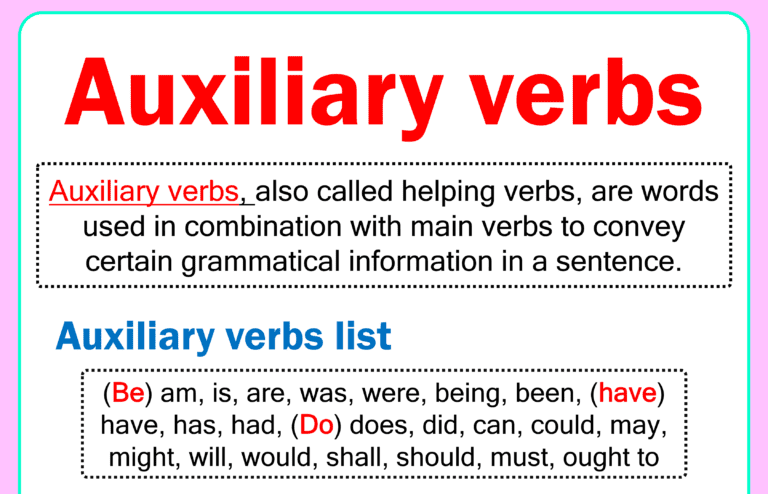

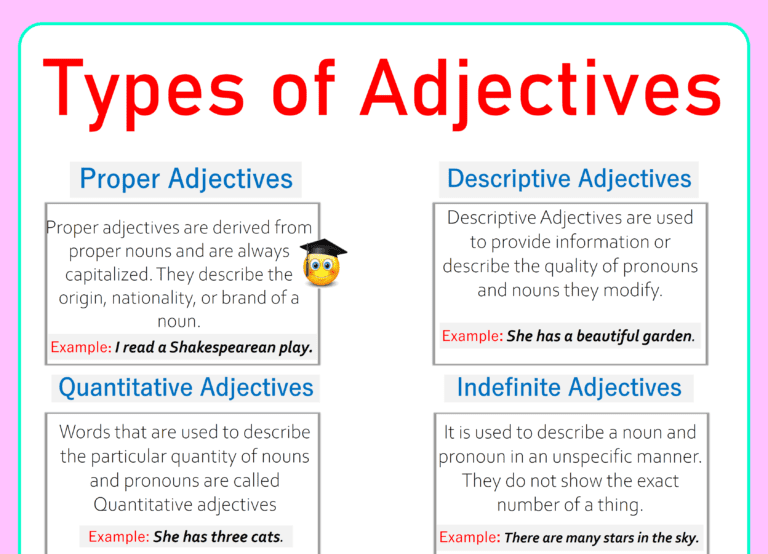
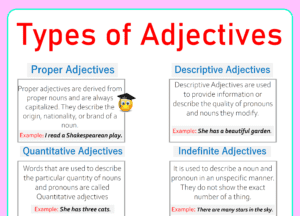
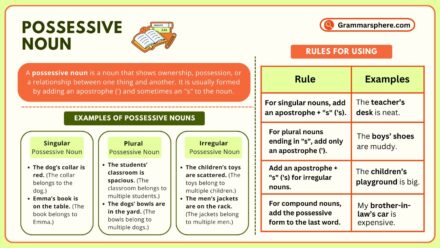

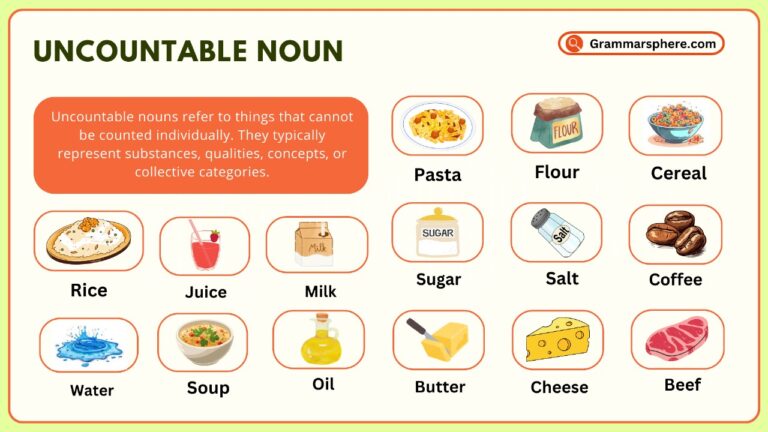
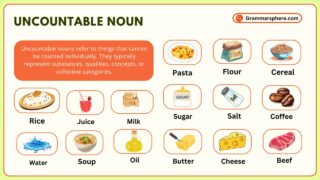
Leave a Comment